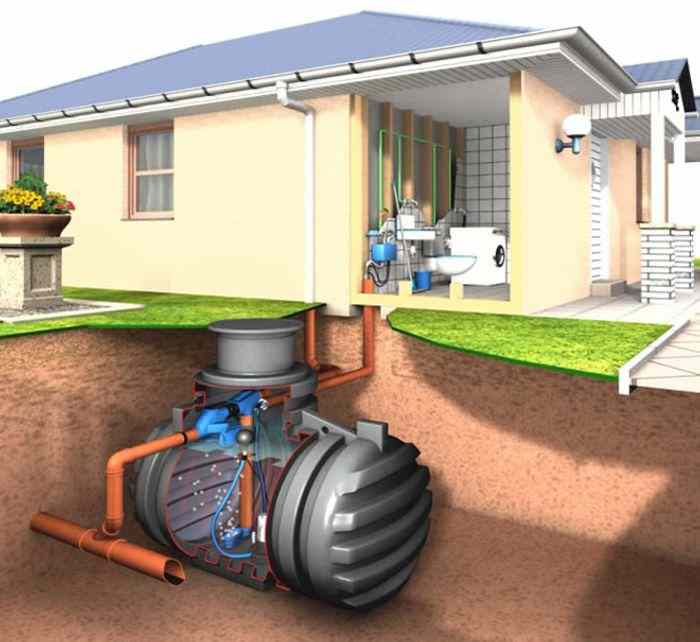 The rain has been an important source of water for a wide range of people from a wide range of cultures. Even now, if you are in need of drinking water, you should give some serious thought to learning how to filter rainwater for drinking at home. After all, the rain comes free of charge. Furthermore, you should have no problem drinking it so long as you have taken the proper steps.
The rain has been an important source of water for a wide range of people from a wide range of cultures. Even now, if you are in need of drinking water, you should give some serious thought to learning how to filter rainwater for drinking at home. After all, the rain comes free of charge. Furthermore, you should have no problem drinking it so long as you have taken the proper steps.
What Are Some Common Suggestions On How to Filter Rainwater For Drinking At Home?
Here are some examples of how to filter rainwater for drinking at home:
Set Up an Ozone Generator
For starters, there is the option of setting up an ozone generator. For those who are unfamiliar, ozone is O3. It is best known for preventing the UV component of sunlight from striking the surface of the Earth with full force, which is good because UV causes skin cancer as well as other kinds of damage to other materials. However, ozone has other useful properties as well. In particular, it can be injected into the water to kill bacteria and other microorganisms. After which, ozone will dissipate on its own, meaning that it won’t stick around to become a new problem. Unfortunately, you need to keep a couple of issues in mind. First, ozone won’t do anything about harmful chemicals in the rainwater, so you should consider conducting a water test. Second, ozone should only be used outdoors in well-ventilated areas because you don’t want to breathe in something that causes lung damage.
Install a Prefilter System
Prefilter systems are critical if you want to filter rainwater on a larger scale. Generally speaking, rainwater should be fine on its own. Instead, the problem is that rainwater will be running over your roof, meaning that it can collect dirt, dead leaves, dried-up sticks, shingle particles, and who knows what else. That is bad enough on its own if it manages to get into your rainwater tank. Even worse, it can create opportunities for bacteria and other microorganisms to flourish, which will result in off-color water that smells bad. Something that should be avoided whenever and wherever possible. A good prefilter system will let the rainwater through while keeping everything out as much as possible. Be warned that different capabilities are more suitable under different circumstances, so make sure to ask questions from the salesperson if you aren’t sure what you need.
You Need In-Tank Filtration
Moving on, you will want in-tank filtration as well. First, you need to make sure that your tank inlet has a 90 degrees bend before continuing to near the bottom of the tank. Second, you should consider putting concrete blocks around the tank inlet near the bottom of the tank. These steps are important because you don’t want the rainwater to pour right into your tank, which will stir up any sediment that can be found at the bottom. Instead, you want the sediment to stay at the bottom while you draw your drinking water from the middle of the tank.
Other Useful Precautions
There are some other systems that can be very useful if you want to make extensive use of your collected rainwater. To name an example, a granulated activated carbon filter should make for the best-tasting water. Similarly, you should consider sediment filtration and UV sterilization as well. The first is meant to get rid of any sediment that might have been swept up in your drinking water, which won’t make for a pleasant drinking experience, to say the least. Meanwhile, the second is meant to kill any microorganisms that are still lingering in the collected rainwater. Some kind of sterilization is extremely important because you can’t count on filters to get rid of every single kind of microorganism that might be lurking within. Even if you are very thorough, it is still possible for microorganisms to make it through. As such, you should give UV sterilization some serious thought. Alternatively, you can also look into other sterilization options for your collected rainwater. One common example would be chlorine, though be warned that some people don’t like this option because they think that it has a negative effect on the quality of the resulting drinking water.
Further Considerations
This is just a short introduction to the topic of how to filter rainwater for drinking at home. If you are serious about making use of collected rainwater for drinking purposes, you should look more thoroughly into the topic. Water is life-giving. Unfortunately, water is also capable of causing a wide range of serious medical problems when it is contaminated. When you are drinking water from the tap, you can expect such matters to be handled by the relevant authorities; when you are drinking water that you have collected on your own, you can count on no such thing. As a result, you cannot afford to make a mistake when it comes to your system for collecting rainwater. Otherwise, you could put both yourself and the people around you at risk. Fortunately, there are a lot of relevant resources out there, so you shouldn’t have a problem finding relevant information for your particular needs and circumstances.
Leave a Reply